

"A great museum rich in every genre that calls the attention of every traveller" - Ignazio Paternò Castello
Among the many collection units of the Ursino Castle Civic Museum there are the collections of the Benedictine Fathers of San Nicolò l'Arena who, following the Siccardi Laws (1850), which abolished the privileges enjoyed until then by the Catholic clergy, between 1866 and 1868 were dispossessed of their rich archaeological heritage. Indeed, the law sanctioned the transfer of the monastic heritage to the state, which would later use it to set up the various civic museums. By the time it became municipal property, the Benedictines' entire and extremely rich collection had already been turned into a museum, imitating what the monks of Saint Martin alle Scale in Palermo had done. In fact, around the first half of the 18th century, on the initiative of Abbot Vito Amico – a scholar with an extensive network of contacts with the best-known collectors in Italy – and Prior Placido Scammacca – in close contact with Roman collectors – a veritable museum area was set up in the rooms of their monastery, where the Civica and Ursino Recupero libraries are today. All this thanks to a rich antiquarian collection, with Greek and Roman artefacts from purchases in the Roman and Neapolitan markets or found in excavations conducted in various places in Catania. A section devoted to natural history (fossils, shells, stones and lava from Etna), a collection of paintings, together with weapons and other artefacts such as ecclesiastical vestments.
About the origins of an effective museum of the Benedictines, to this day, no date has been established. But in a letter, taken from the writing of Domenico Sestini, librarian, "The description of the museum of the prince of Biscari" he talks about the "four very large and comfortable rooms" in which the Benedictine museum was arranged, which housed "a collection of terracotta, among which there is a series of Etruscan vases, parts simple, and parts historiated; and then, natural history, of which there is an abundance"; furthermore, "a precious deposit of medals of all kinds in gold, silver, and bronze, of excellent idols, and other antiquities of all merit" and, finally, "inscriptions, and marbles as well as a respectable number of paintings that adorn the walls".
The Benedictine monks now participated in the purchases made by the Prince of Biscari, now they bought, independently of the patrician from Catania, ancient vases and bronzes in Naples and Rome, and also added a group of Roman catacomb paintings and some oriental objects brought by missionaries from China and Japan. Thus, the monks formed a collection that not only complemented the Biscari collection, but also included new and interesting sections. A kind of "pictorial pastiche" adorned the museum rooms: paintings of classicist tendencies whose sources date back to the Venetian school, such as 'The Last Supper' by Luis de Morales, two paintings of Saint Sebastian, one believed to be by Spagnoletto and the other by Guercino; a Saint Catherine attributed to Veronese; a deposition of Christ attributed to Caravaggio, as reported by Gioacchino Di Marzo in Dizionario topografico della Sicilia translated from Latin and updated by G. Di Marzio, volume I, 1855, p. 299. But in the Benedictines' picture gallery, one must not forget the conspicuous presence of works by artists of the Sicilian school such as Pietro Novelli from Monreale, Giovanni Tuccari from Messina and Filippo Paladini. Di Marzo himself does not fail to mention triptychs and diptychs from the Byzantine era such as the "Madonna between Saints Lucy and John", "The Crucifixion", "The Annunciation and Two Prophets", demonstrating how interest in medieval painting was intrinsic into monastic culture due to its religious themes.
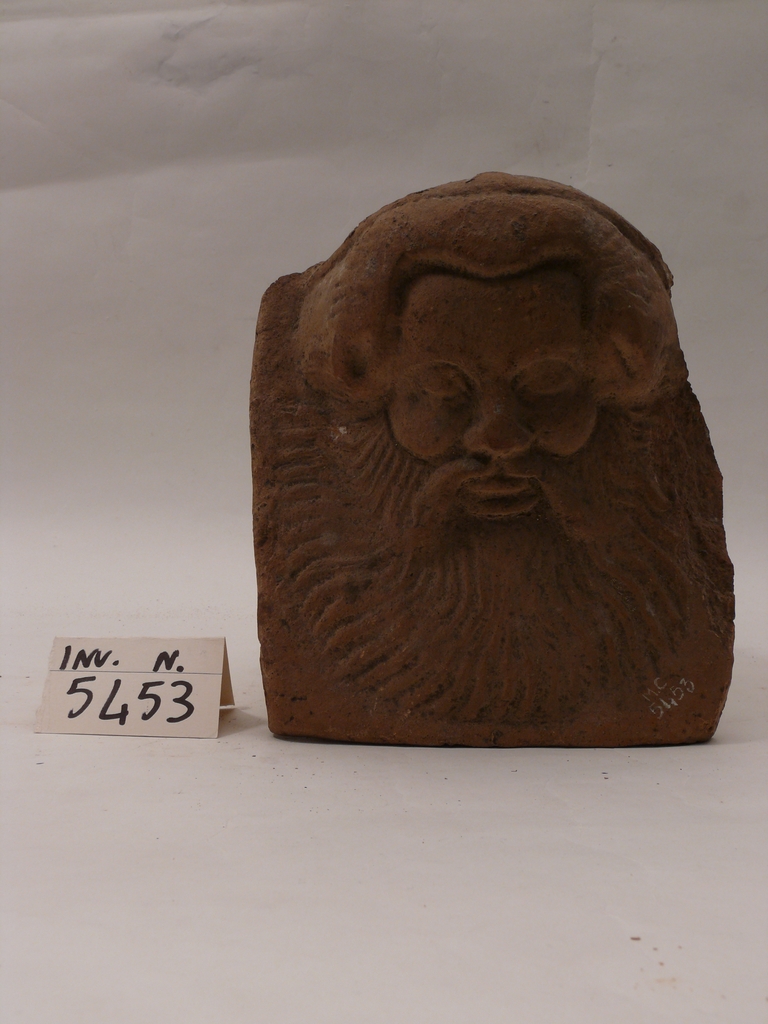
Uncertain date
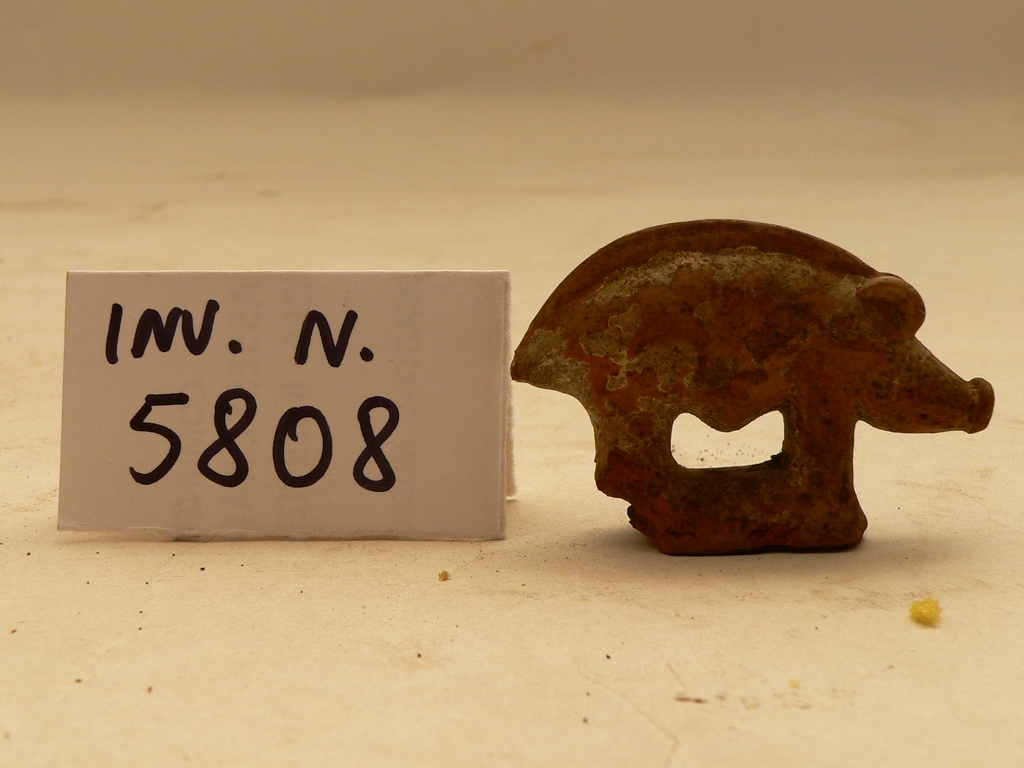
Uncertain date
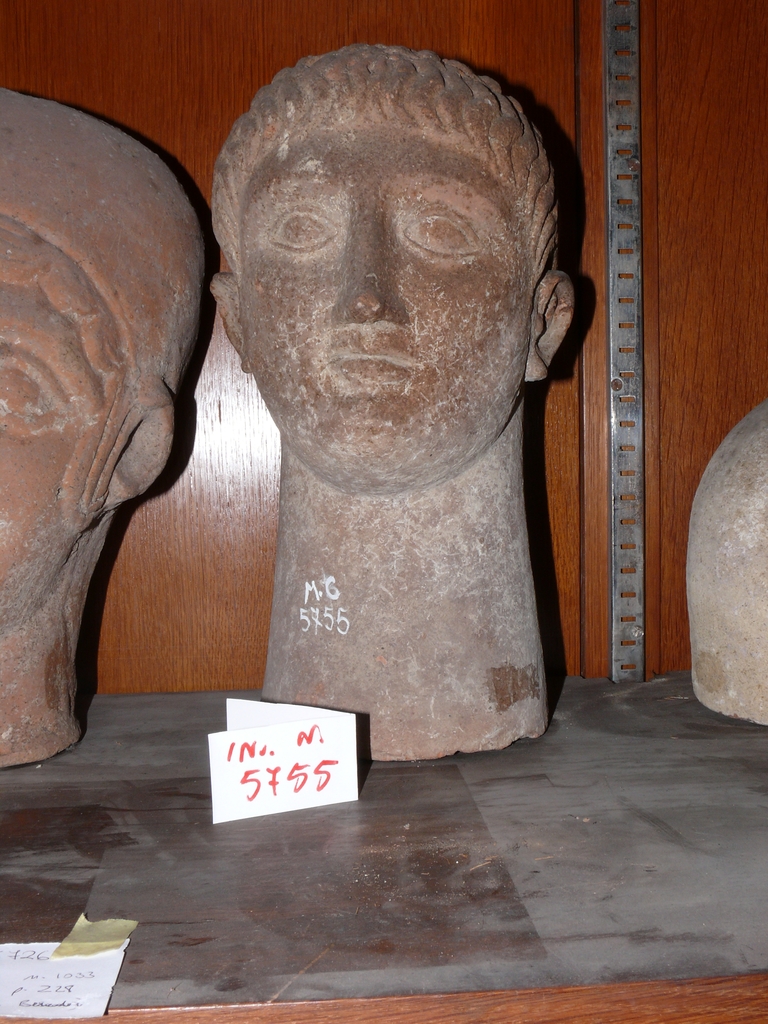
Uncertain date
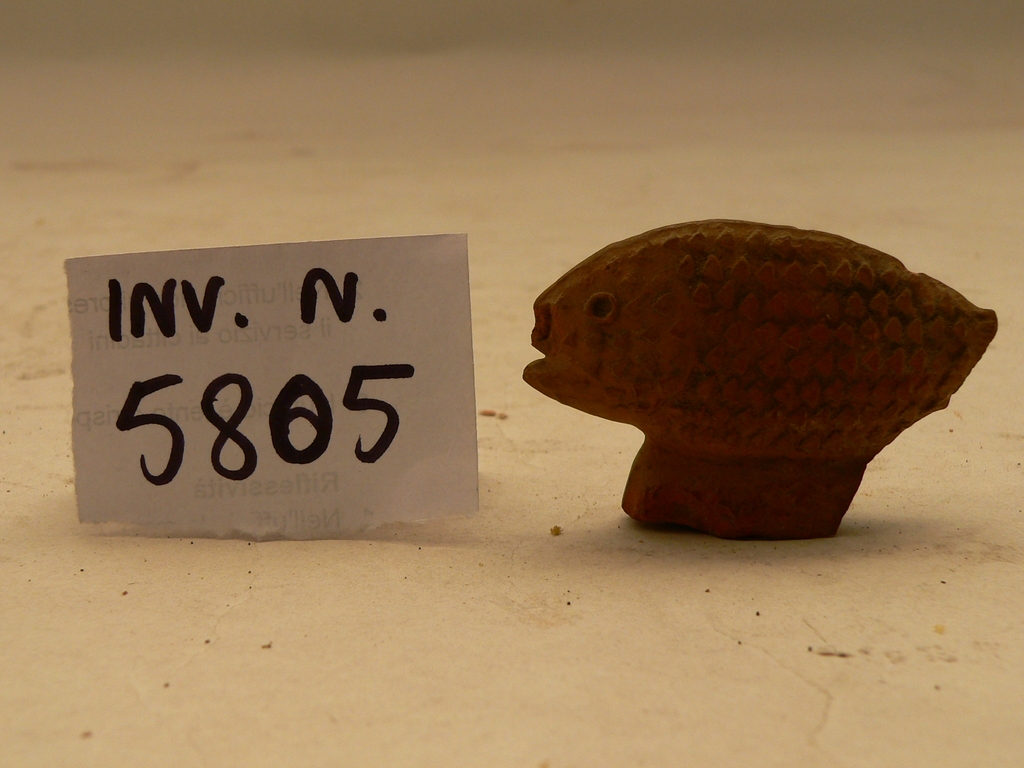
IV-III cent. b.C.
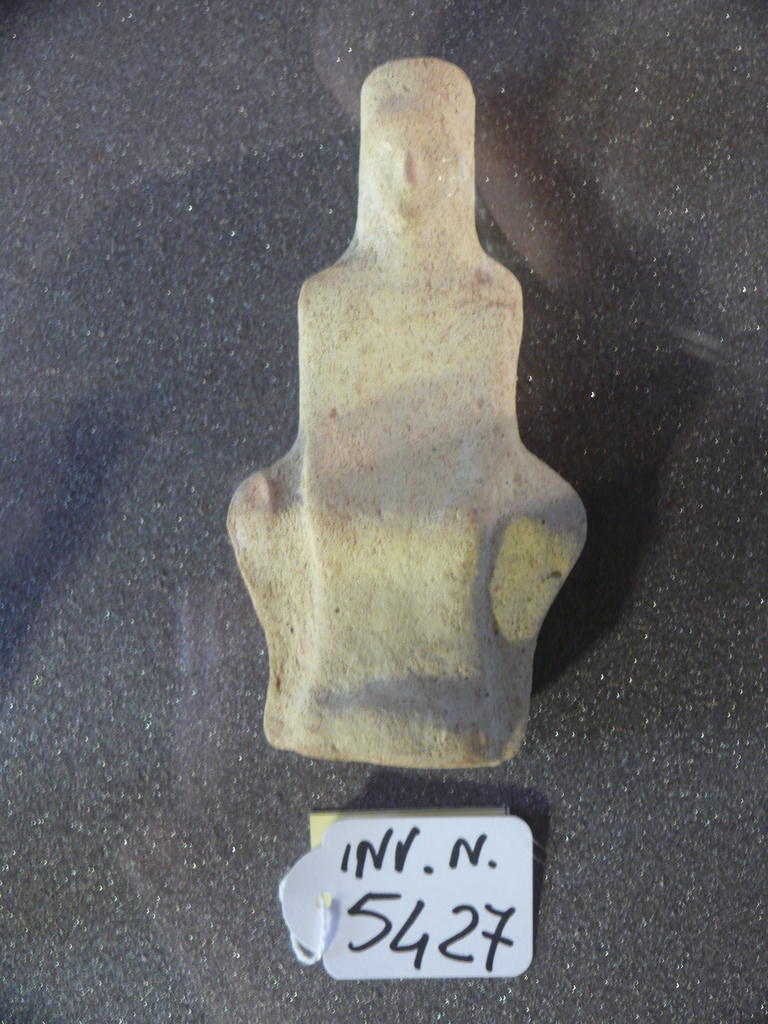
End of V cent. b.C.

460-450 b.C.

VII-VI cent. b.C.

V cent. b.C.

Archaic age

Archaic age

Archaic age

Archaic age

Archaic age

Archaic age

Late-archaic age
Inventory number:
Subject/object:
Author:
Date:
Description:
Material and technique: